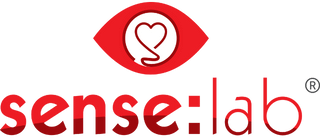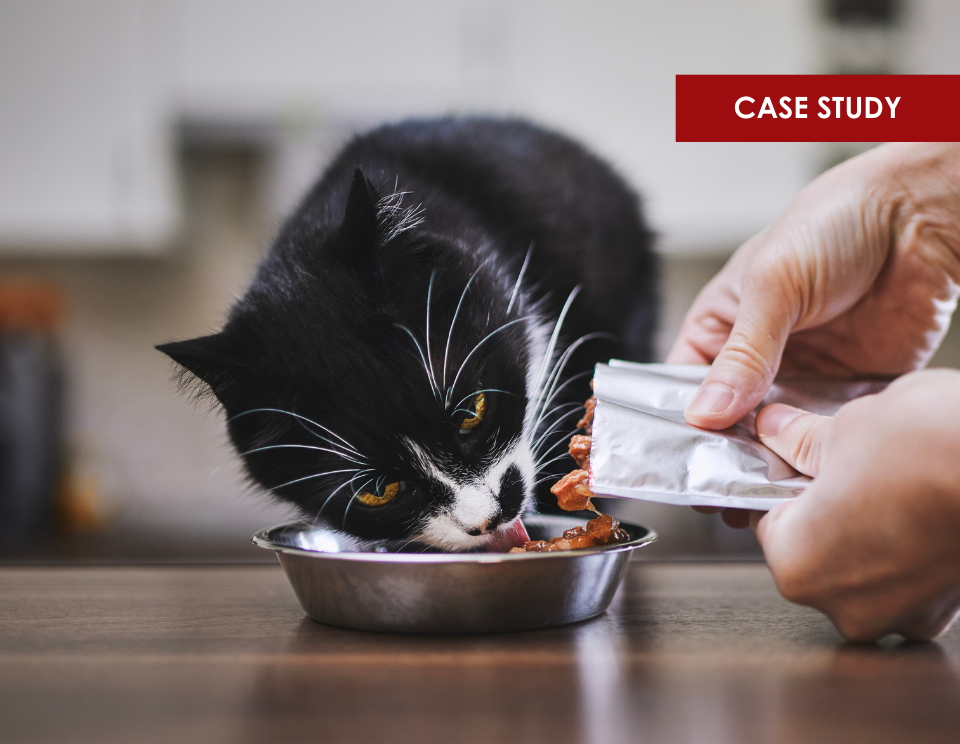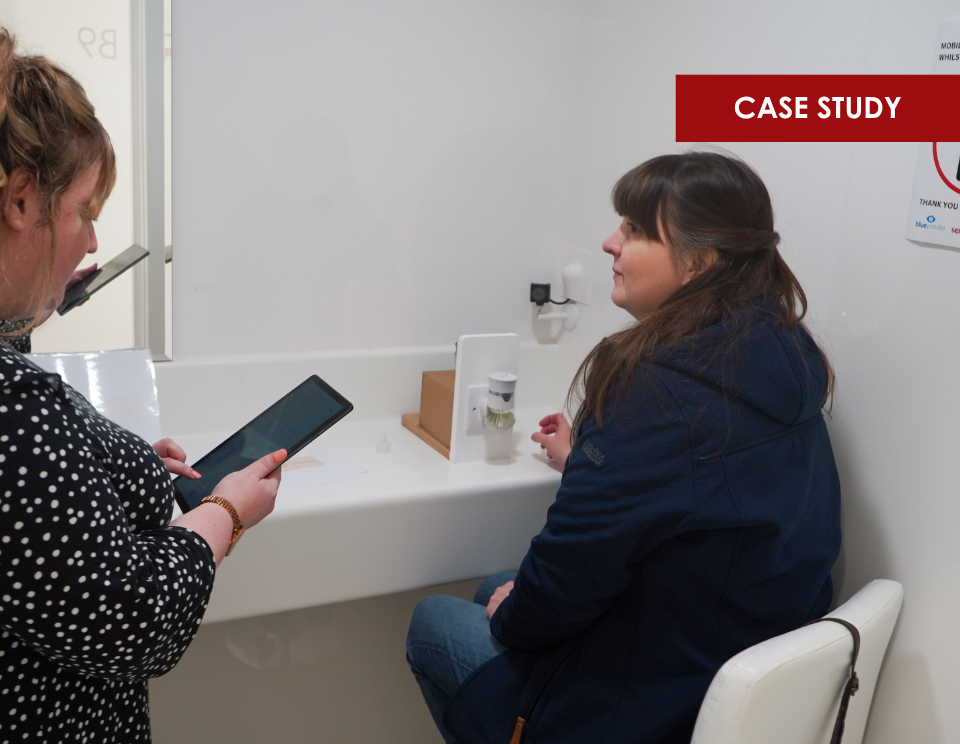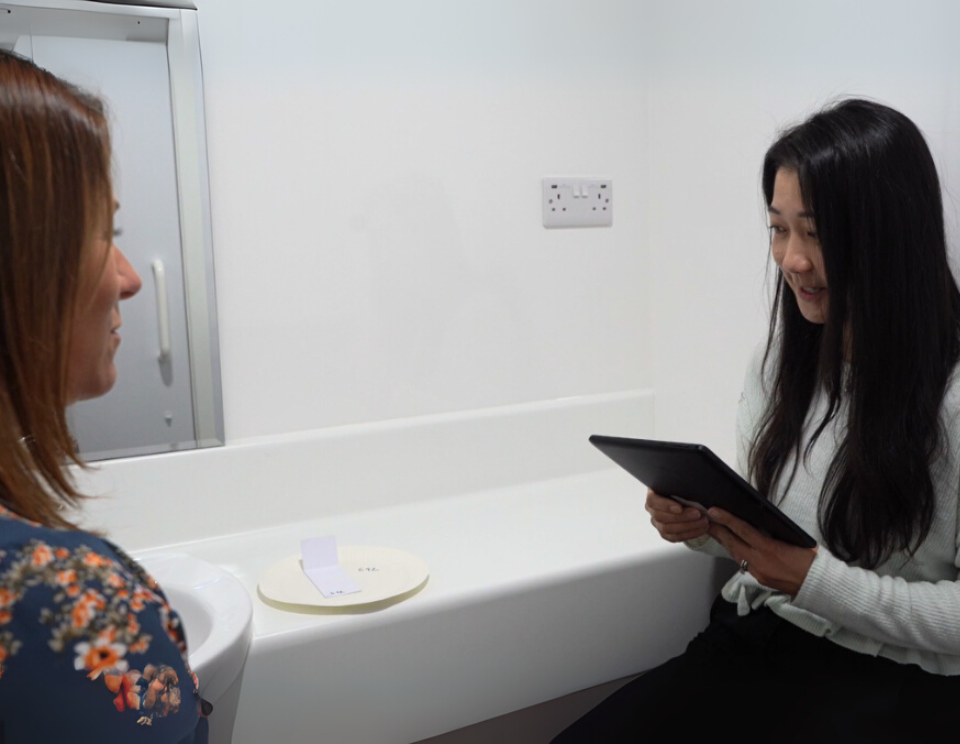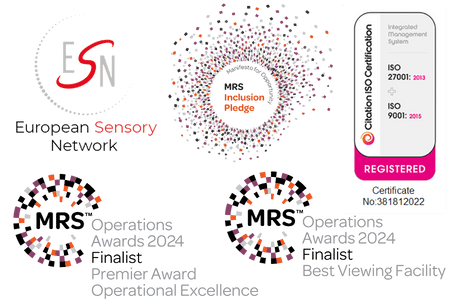Running a sensory test? Here’s a practical guide to the methods we support for a wide range of products in Home Care, Beauty, Healthcare, and Food & Beverage.
If you’re planning a sensory testing project and need a reliable facility to carry it out, it’s helpful to understand the different types of tests available, and which ones are best suited to your product category. Whether you’re working in home care, beauty & personal care, healthcare, or food & beverage, choosing the right sensory method is key to collecting meaningful consumer feedback.
Our role is to help execute your brief with precision and care. While the methodology is typically developed by your internal insights or R&D team, we provide the right environment, equipment, and technical know-how to run your study smoothly.
Here’s a practical overview of common sensory testing methods we support, which are grouped into three broad categories; Affective, Discrimination and Descriptive, each serving a different purpose in the product development and evaluation process:
1. Affective tests
The purpose of affective tests is to measure consumer preferences and emotional responses to find out how much they like or dislike a product. These tests are vital for understanding consumer acceptance and guiding final product decisions. Affective testing methods can include:
Hedonic rating scale
Consumers rate how much they like a product or its specific attributes using a scale (usually 1 to 9).
- Example (Food): How much do consumers enjoy the texture of a new plant-based snack?
- Example (Beauty): How much do they like the fragrance intensity of a new shampoo?
Just-about-right (JAR) scale
This method evaluates whether a product’s characteristic is too strong, too weak, or “just right.”
- Example (Home Care): Is the scent of a surface cleaner too overpowering, or just right?
- Example (Food): Is a yoghurt sweet enough, or too sweet?
Sequential monadic testing
Participants assess one sample at a time, without direct comparisons.
- Example (Healthcare): Evaluate consumer reactions to each of several vitamin gummy flavours in isolation.
- Example (Beauty): Assess ease of application and feel of different sunscreen formats individually.
2. Discrimination tests
The purpose of discrimination tests is to determine whether detectable differences exist between products. These tests are useful when you want to find out if consumers can tell products apart, for example, after a formulation change, ingredient swap, or manufacturing adjustment. Discrimination testing methods can include:
Triangle testing
The purpose of discrimination tests is to determine whether detectable differences exist between products. These tests are useful when you want to find out if consumers can tell products apart, for example, after a formulation change, ingredient swap, or manufacturing adjustment. Discrimination testing methods can include:
- Example (Home Care): Can users detect a difference in fragrance between an updated fabric softener and the original formula?
Paired comparison testing
Participants compare two samples side-by-side to express a preference or identify a specific difference.
- Example (Beauty): Which moisturiser feels less greasy?
- Example (Healthcare): Which throat lozenge has a more soothing effect?
Blind testing
Products are stripped of all branding and packaging to reduce bias. This reveals how consumers truly respond to the product on a sensory level alone.
- Example (Healthcare): Compare two formulations of the same over-the-counter product for taste and texture.
- Example (Home Care): Assess cleaning performance and scent without knowing the brand.
3. Descriptive tests
The purpose of descriptive testing is to objectively describe the sensory attributes of a product using trained or semi-trained individuals.
These tests don’t rely on consumer preference but instead build a detailed profile of the product’s characteristics which are useful for benchmarking, quality control, and R&D.
Focus groups (sensory-focused)
Small group discussions can uncover richer insights into consumer experiences and emotional responses.
- Example (Beauty): What sensations or impressions does a new skincare serum evoke?
- Example (Home Care): How do users describe the after-feel of a handwash?
Descriptive analysis
A trained panel uses consistent terminology to describe the sensory profile of a product.
- Example (Food): Create a detailed flavour profile of a new sauce or ready meal.
- Example (Beauty): Evaluate the texture profile of a body lotion e.g., velvety, sticky, fast-absorbing.
How we support you
We specialise in executing your research plan with accuracy and care. Our facility offers:
- Controlled testing environments to maintain consistency
- Specialist prep areas for food, beauty, or household products
- Trained fieldwork staff to handle sensory protocols
- Flexible spaces for both qualitative and quantitative studies
- Recruitment from a broad consumer base tailored to your segment
Whether you’re testing the scent of a new detergent, the texture of a face cream, or the aftertaste of a nutritional supplement, we’re here to ensure your test is delivered to spec.
Planning a sensory test in the home care, beauty, healthcare, or food & beverage space?
We’d love to support you. Get in touch to find out how we can bring your next study to life. Contact Ellie Atack at [email protected] to discuss your needs.
